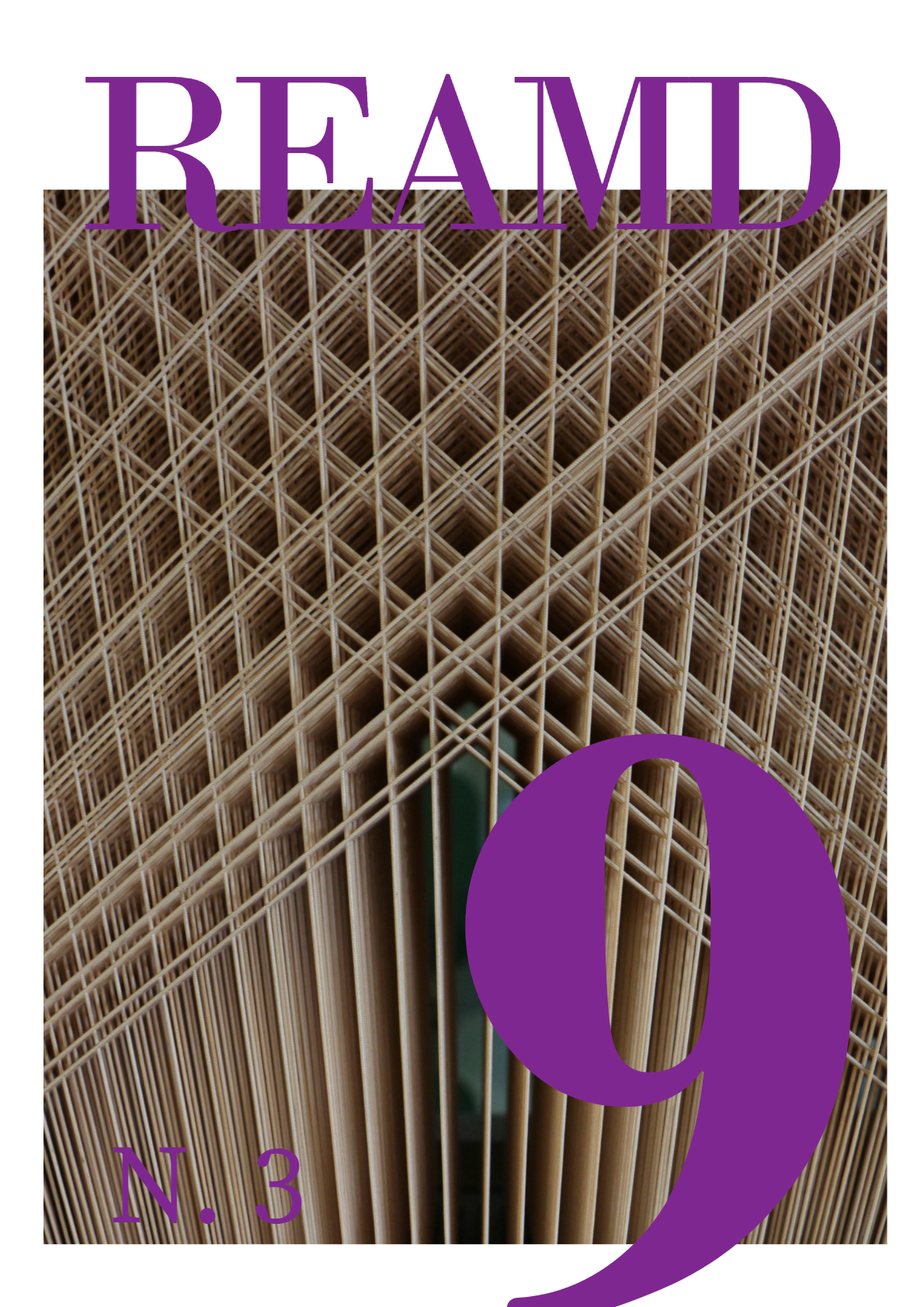Body-book: weaving knowledge at the crossroads of artifice and asceticism
DOI:
https://doi.org/10.5965/25944630932025e7252Keywords:
book, body, presence, repetitionAbstract
This article is based on qualitative theoretical-practical research that aims to investigate the interweavings experienced in artisanal bookbinding, a device for shaping the book object, and in yoga as a means of asceticism in life. These topics are presented as—more than objects of study—an epistemological approach. Thus, the article seeks to elaborate on principles common to artisanal and ascetic practices, perceived as potential resources for the production of knowledge in alteritarian dynamics and polyrational exercises of conversations between feelings, thoughts, and actions of different traditions. The identified principles are based on skills developed through the ability to sustain a state of presence and attentive, careful repetition, open to the unexpected. These techniques involve engaging body, mind, and spirit in consistent and conscious processes that provoke intuition, understood here as access to knowledge made possible precisely by the persistence of this engagement. Procedures operated in time, rhythm, and with rigor that enable reflection during the process and create spaces for the emergence of new modes of (co)existence, beyond a regime of hierarchies and obligations. Connections are made through the assumption of the condition of not knowing and incompleteness. Book and body share a spine, the support of their physical and motor manifestation, and a vehicle for expansion and unfolding in the subtle realm.
Downloads
References
ARIEIRA, G. O yoga que conduz à plenitude: os Yoga Sutras de Patañjali. Rio de Janeiro: Sextante, 2017.
DELEUZE, G; GUATTARI, F. Mil platôs: capitalismo e esquizofrenia. Vol. 1. Rio de Janeiro: Editora 34, 1995.
GOY, A. Reliure Crisscross: the secret belgian binding. Noville-sur-Mehaigne: Éditions Esperluète, 2013.
HERMÓGENES. Autoperfeição com Hatha Yoga: um clássico sobre saúde e qualidade de vida. 61ª Edição. Rio de Janeiro: Best Seller, 2018.
IYENGAR, B. K. S. Luz sobre o yoga – Yoga Dipika: o guia clássico de yoga escrito pelo embaixador do yoga no ocidente. São Paulo: Pensamento, 2016.
KRENAK, A. A vida não é útil. São Paulo: Companhia das Letras, 2020.
KUPFER, P. Visões do yoga: antologia dos Sastras. Pedro Kupfer, 2018. Disponível em: https://www.yoga.pro.br/wp-content/uploads/2019/11/Vis%C3%B5es-do-Yoga-2020.pdf. Acesso em: 2 mai. 2025.
KUPFER, P. Sivasutra de Sri Vasugupta: tradução e comentário. Yogabindu, 2020. Disponível em: https://www.yoga.pro.br/wp-content/uploads/2019/11/Vis%C3%B5es-do-Yoga-2020.pdf. Acesso em: 2 mai. 2025.
PORTINARI, D. Queerizar o design. Arcos Design. Rio de Janeiro, Edição especial Seminário Design.Com, pp. 1-19, out. 2017.
SANTOS, B. S.; MENESES, M. P. (org.). Epistemologias do Sul. Coimbra: Edições Almedina, 2009.
SENNETT, R. O artífice. 10ª Edição. Rio de Janeiro: Record, 2009.
SIMAS, L. A.; RUFINO, L. Fogo no mato: A ciência encantada das macumbas. Rio de Janeiro: Mórula, 2018.
SOUZA, M. A. Nietzsche: Um Tipo Asceta. Revista de Estudos da Religião, São Paulo, Nº 2 / 2006 / pp. 24-42. Disponível em: http://www.pucsp.br/rever/rv2_2006/p_sousa.pdf. Acesso em: 02 set. 2025.
Downloads
Published
How to Cite
Issue
Section
License
Copyright (c) 2025 Cristina Viana, Carlos Eduardo Felix da Costa

This work is licensed under a Creative Commons Attribution 4.0 International License.
- Authors retain copyright and grant the journal the right of first publication, with work simultaneously licensed under the Creative Commons Attribution 4.0 International License, which allows for:
1. Share — copy and redistribute the material in any medium or format for any purpose, even commercially.
2. Adapt — remix, transform, and build upon the material for any purpose, even commercially.
The licensor cannot revoke these freedoms as long as you follow the license terms.Under the following terms:
1. Attribution — You must give appropriate credit, provide a link to the license, and indicate if changes were made. You may do so in any reasonable manner, but not in any way that suggests the licensor endorses you or your use.
2. No additional restrictions — You may not apply legal terms or technological measures that legally restrict others from doing anything the license permits. -
Plagiarism, in all its forms, constitutes unethical publication behavior and is unacceptable. This magazine uses iThenticate similarity control software.






